The Neighborhoods of Venice
Most European cities entice the visitor to walk and stroll, but in Venice walking is obligatory. It’s hands down the best way to uncover the atmospheric nooks and crannies of the world’s most whimsical city on the water. Don comfy, well worn walking shoes and explore the campi and campielli (squares and small squares); ponti (bridges), there are 400 in Venice; calli and callieti (walkways and lanes); and the elegant palazzos (palaces) many of which now house museums and boutique hotels. Venice has only one piazza, Piazza San Marco and don’t talk to a Venetian of roads or streets! There are no roads or streets in Venice!
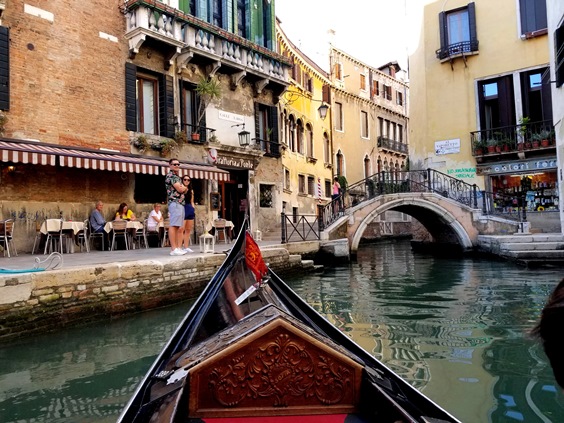
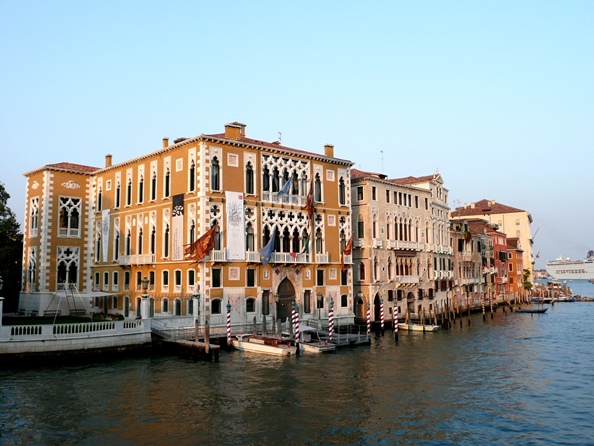
While exploring the neighborhoods don’t resist the temptation to stop often at a neighborhood trattoria, an outdoor ristorante, or gelateria to savor Venetian cuisine, people watch, imbibe the vibe, and rest your weary feet.
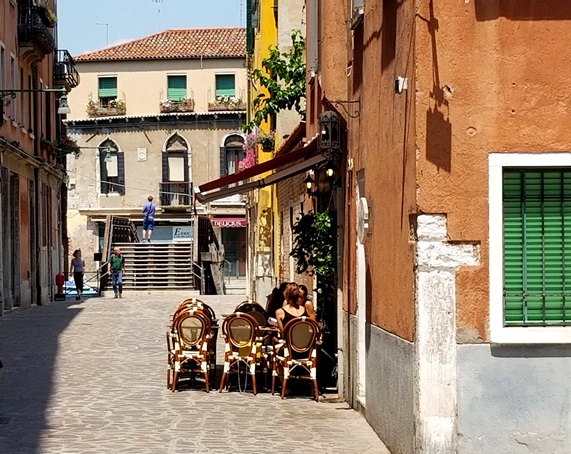
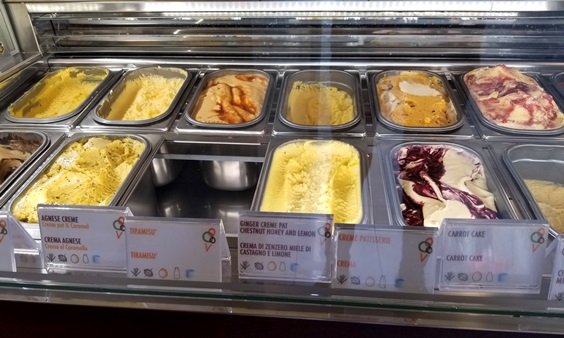
The bustling, daily, Rialto market on the banks of the Grand Canal, has been drawing locals and visitors for centuries. They come to shop for vegetables, fruit, herbs and fresh fish. Get there early to experience it at its best. It opens at 7:30 a.m. when chefs and locals go about their daily routine and ends at around 2:00 p.m. Visit the Rialto Bridge. The late afternoons and evenings when the bridge glows in the last rays of the golden sunshine and the lights come on, is my favorite time. Have dinner at one of the buzzing restaurants lining the Grand Canal and watch the boats and gondolas go by or venture into the surrounding callieti where you’ll find tiny, atmospheric restaurants with great food.
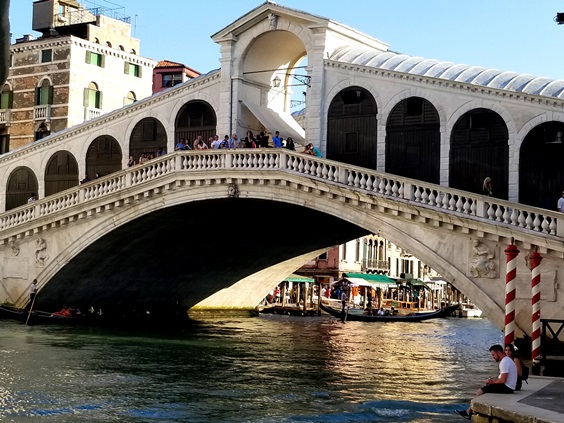
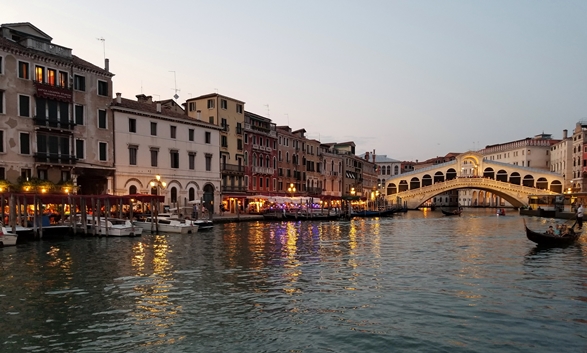
Piazza di San Marco, where tourists delight in feeding the resident pigeons – is a must. Dominated by the iconic, Byzantine Basilica di San Marco and the Campanile di San Marco, it’s one of the most beautiful piazzas in all of Europe. Beside the Basilica stands the Gothic style Doge’s Palace and the white, limestone, Bridge of Sighs, another Venice landmark, which connects the dungeons that held the prisoners condemned to death by the Doge, to his palace. Piazza di San Marco is lined with boutiques and outdoor cafes where visitors linger over a meal, a glass of wine, or coffee and delectable Italian pastries while watching the real-life daily theatre of the piazza.
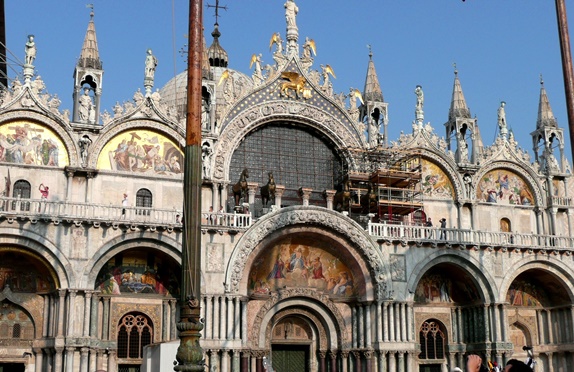
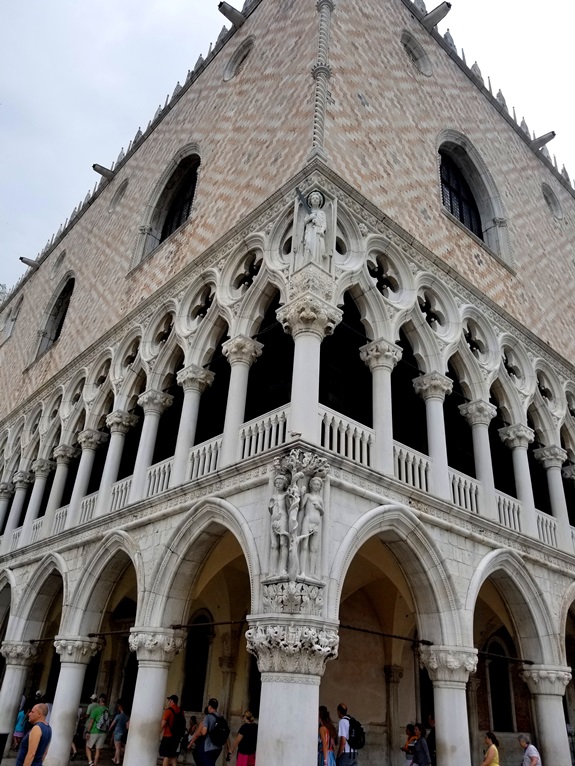
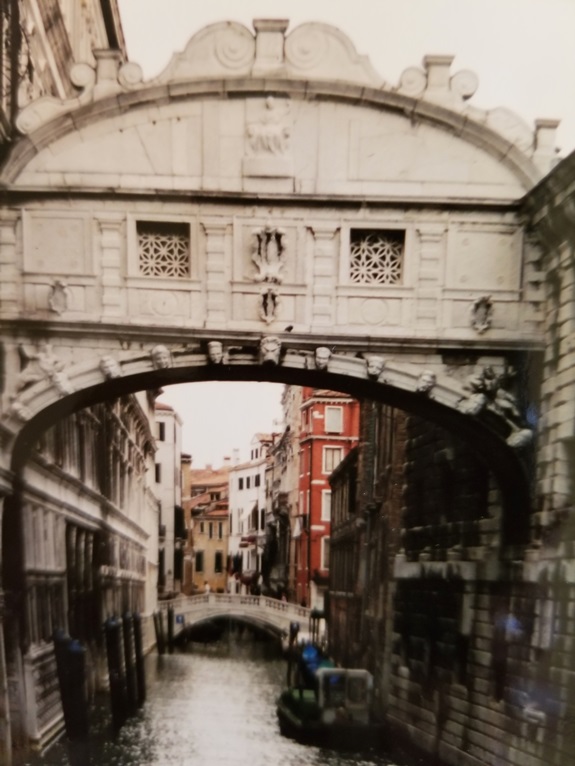
The Accademia Bridge (Dorsoduro District). From Piazza di San Marco wend your way through a tangle of delightful lanes brimming with stores, galleries, and eateries, toward Accademia Bridge and another neighborhood choc-full of charm. Don’t worry about getting lost, simply ask a local to point you in the direction of the bridge. You may have to stop and ask several times, but the delight is in the walk (and getting lost) as much as in reaching the destination. From the Accademia Bridge, you’ll be in the vicinity of the Peggy Guggenheim Collection of 20th Century modern art, housed in a palazzo, which was the American heiress Peggy Guggenheim’s home in Venice for thirty years. Amble along Fondamente delle Zattere, a 1.7km paved walkway lining the dock, and enjoy expansive views of Venice in the setting sun.
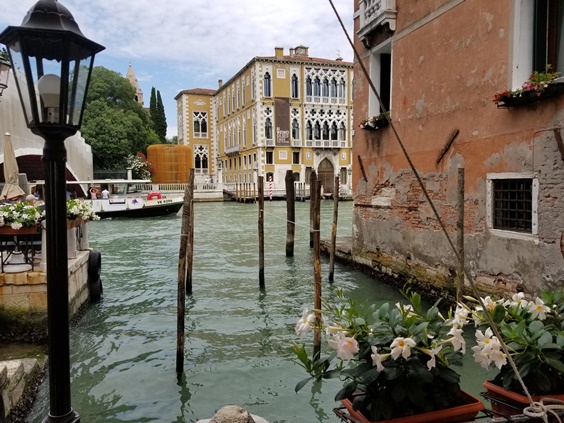
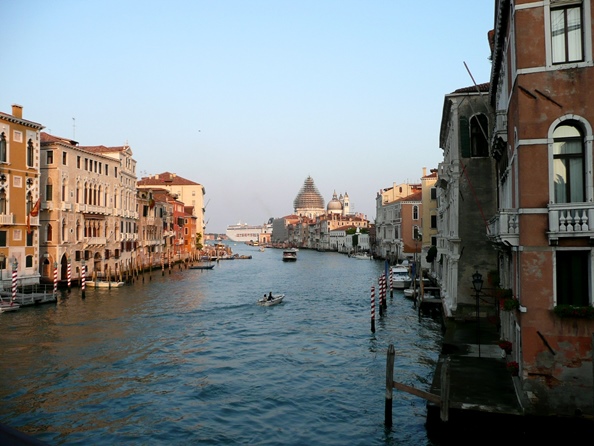
The Jewish Ghetto. Take a vaporetto to the Guglie stop, cross the Guglie Bridge and to the right, you’ll find the passage to the ghetto. Visit Sunday to Friday at noon. Take a guided tour of the synagogues, which you can pick up at the museum on Campo di Ghetto Nuovo – a tranquil, spacious campo, at the heart of the ghetto.
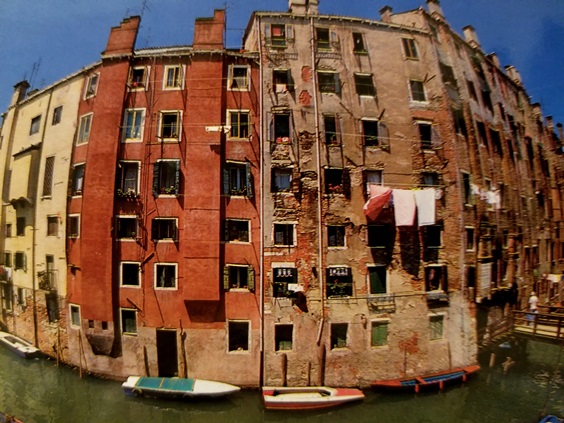
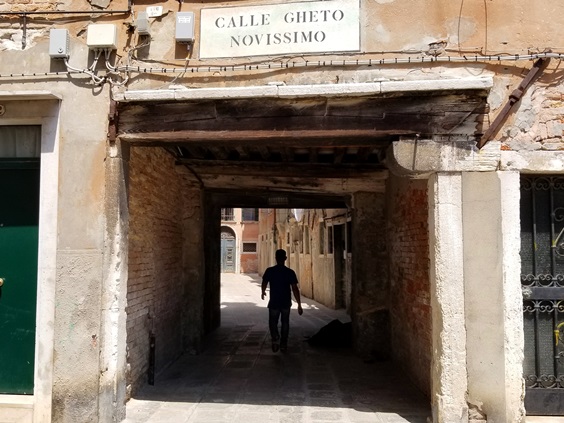
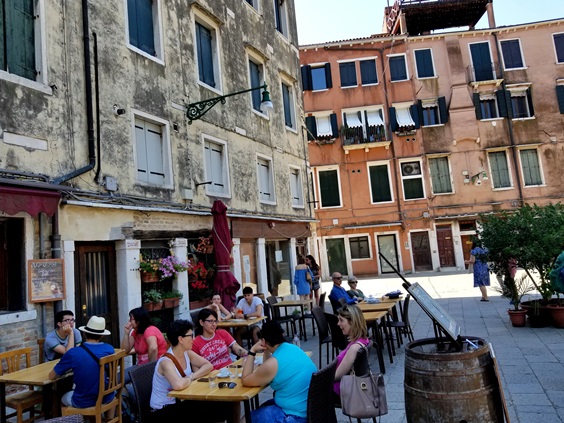
Prior to the early 16th century, the area was an iron foundry, which translated to ‘geto’ in the Venetian vernacular and was pronounced ‘cheto.’ The ghetto (as Jews pronounced it) was established in 1516 and was one of the first ghettos in Europe where people were confined to a specific area based on their religion. Because it was forbidden to build synagogues, the synagogues were hidden in nondescript buildings and were undetectable to outsiders but identifiable to Jews by their five arched windows way above street level, which represent The Five Books of Moses.
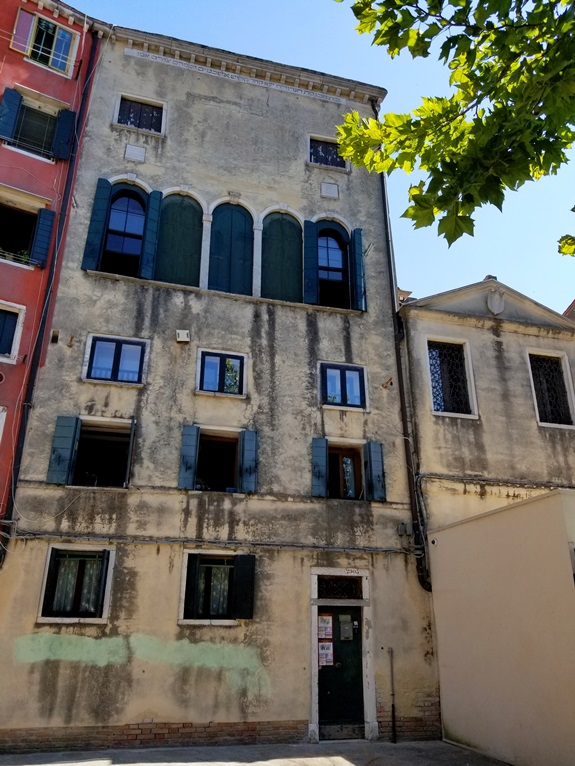
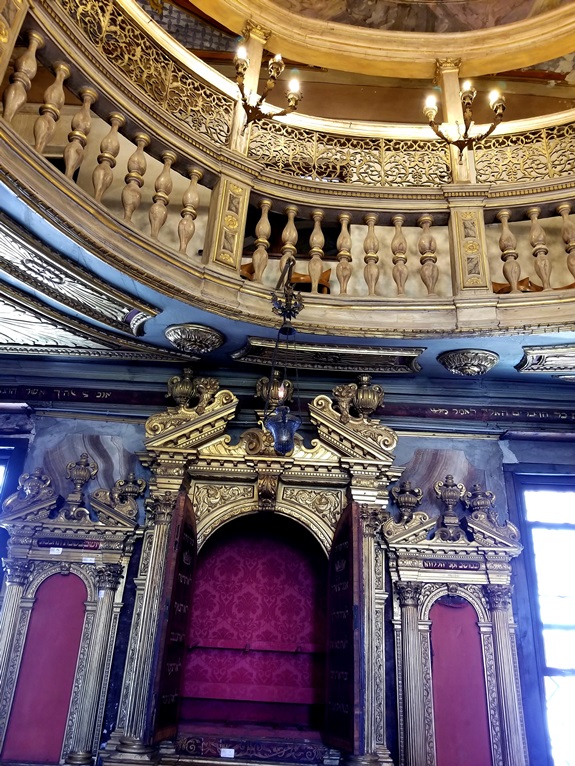
However, the interior of the synagogues, which were renovated numerous times over the centuries, are works of art that bear testament to how rich in diversity the Venice Jewish community was in the 16th century. The oldest synagogue is the German synagogue; the Cantor synagogue – decorated with sculpted plaques depicting biblical episodes of the Exodus from Egypt – was built by the French, Swiss, and German Jews; the Levantine synagogue was built by Jews of Middle Eastern origin; the Spanish synagogue by the Spanish and Portuguese Jews; and the small Italian synagogue was built by the Jews of Venice. The museum is highly informative and contains a quality selection of Judaica. There is a sprinkling of kosher restaurants, bakeries, and grocery stores in the neighborhood and the surrounding web of canals and walkways are abuzz with gondoliers, bars, pizzerias, trattorias, and gelaterias.
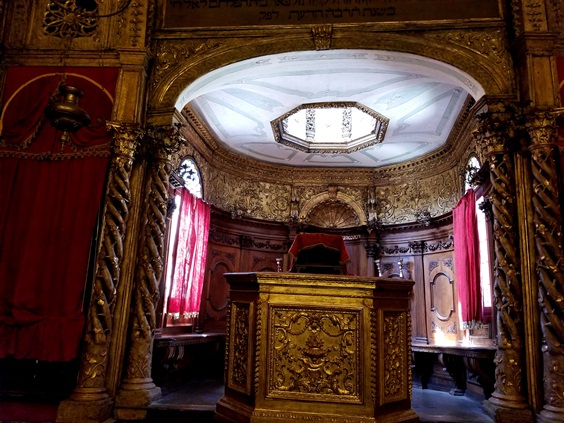
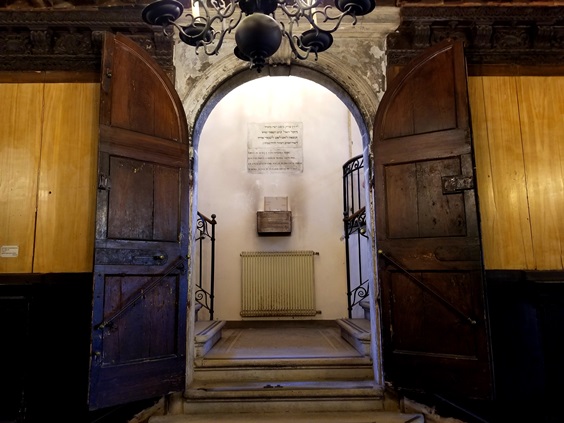
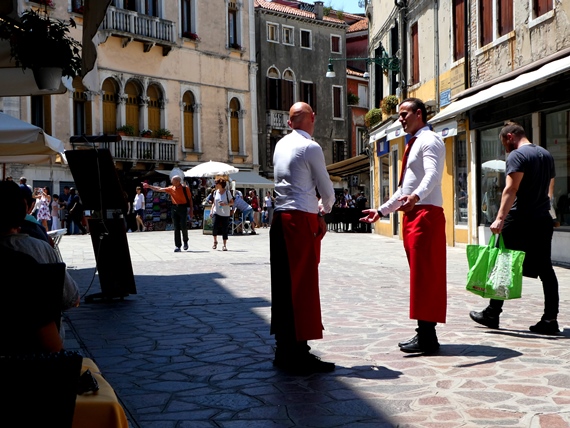
The Castello Neighborhood is a neighborhood that is often overlooked by visitors. Castello is within walking distance of Rialto and Piazza San Marco, yet here you’ll feel a world away from the sea of sightseers. The closest vaporetto stops are Ospedale or Ca D’oro. You’ll find shops and eateries to fit every budget and a labyrinth of atmospheric lanes leading to Campo Giovanni Paolo (a short walk from the Ospedale vaporetto stop) where the Basilica – one of the largest churches in Venice – has an interesting history. It is here that twenty-five of Venice’s doges were buried from the end of the 15th Century onwards. Its interior is adorned with works by Venice’s great masters.
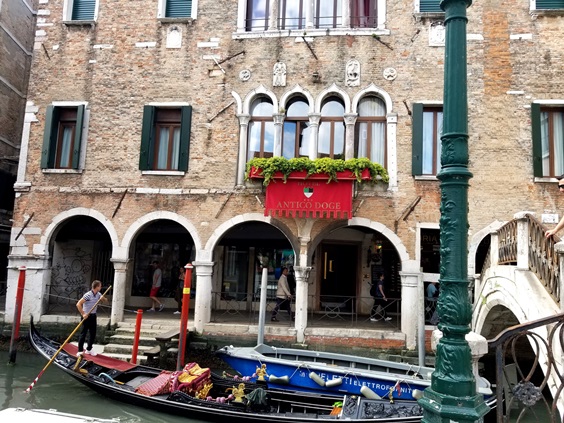
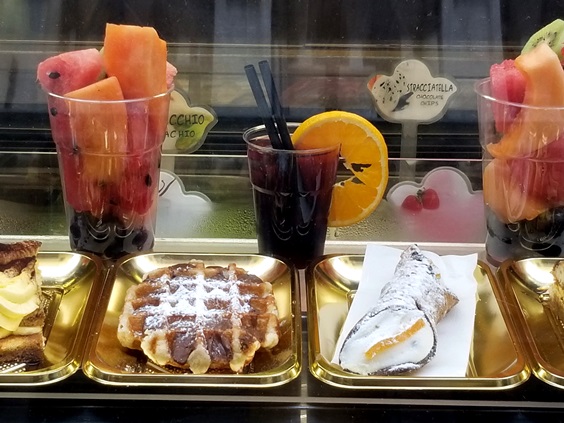
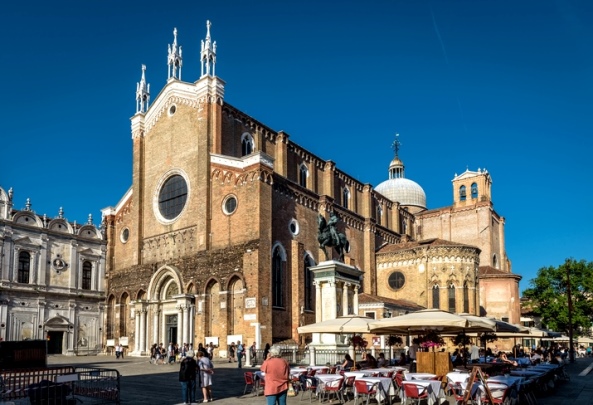
Continue on to Campo Santa Maria Formosa, an uncrowded square where more locals than tourists hang out. If you’d like to stay in the area, the Hotel Locanda La Corte is an excellent choice. A 16th Century palazzo on a narrow canal, it’s a true gem.
If you have the time to venture farther afield a little off the beaten path, La Scuola de San Giorgio degli Schiavoni, has a phenomenal collection of Carpaccio’s paintings adorning its interior.
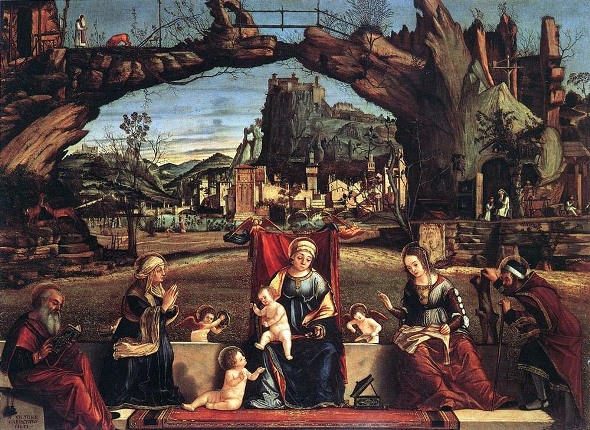
The Santa Croce Neighborhood – We discovered this tranquil, living, breathing neighborhood during our most recent visit to Venice. Close to all the main attractions via the San Stae vaporetto stop, it’s a hidden treasure. Art enthusiasts are attracted by the Ca’Pesaro Gallery of Modern Art housed in a Baroque Palazzo facing the Grand Canal and the Art Gallery Fondazione Prada, while the Natural History Museum engages and delights visitors of all ages.
In the early mornings and especially during the evening hours of the Italian ‘passeggiata’– a time for strolling and socializing with one’s neighbors – this neighborhood has all the magic of Venice sans tourists. Amble along the ‘callieti’ and across the ‘ponti’ to the ‘campi’ where nonnas meet on benches to chat, children play, teenagers connect, and young couples meet and relax over a glass of wine and antipasti. Take a gondola ride along the blissfully quiet canals and end your day with dinner at a picturesque outdoor restaurant.
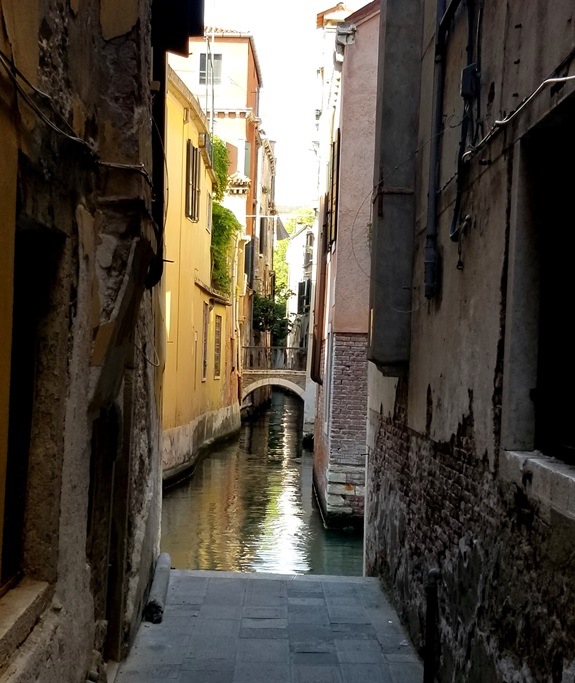
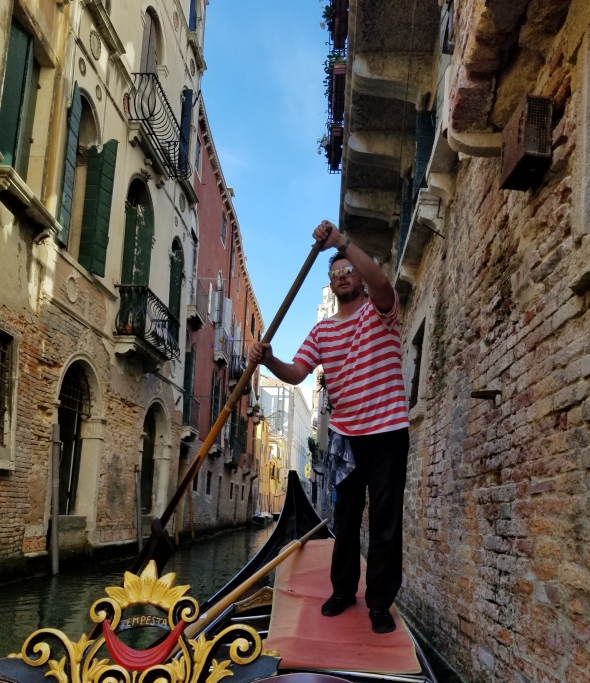
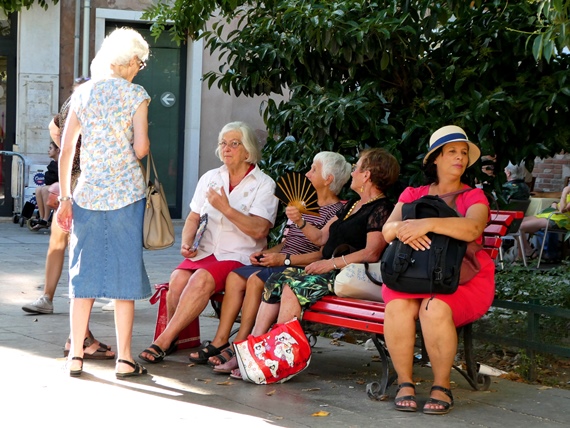
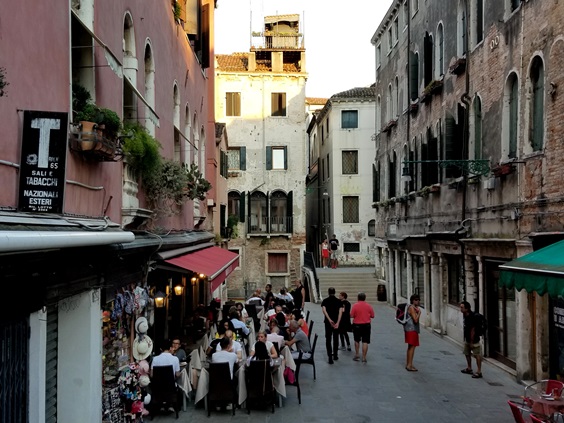
The Hotel Al Ponte Mocenigo is an elegant, understated jewel, in an artfully renovated palazzo, just steps from the San Stae vaporetto stop. The owners and their staff are attentive and go the extra mile to be of help to their guests. The breakfasts, served in a garden courtyard, are sensational.
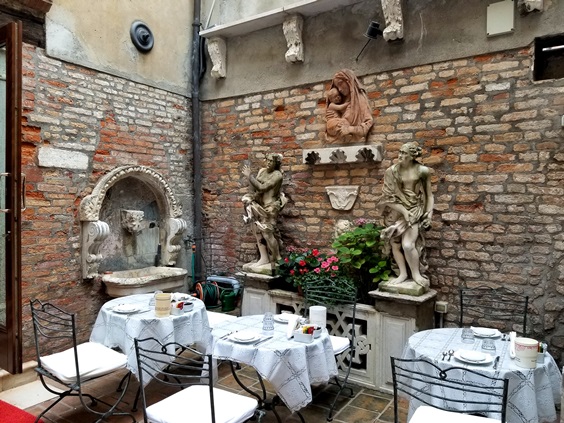
Murano
Whether one is a glass lover or not one cannot help but admire the iconic, Venetian, Murano glass. From the tiniest, most delicate pieces with incredible detail and color, to the dramatic, huge works of art. The calli of Venice abound with stores selling Murano glass, but on the island of Murano where the glassware has been produced for centuries, it’s all about glass. Here you’ll find factories, artist’s studios, and galleries, all devoted to glassware from one of a kind pieces of sculpture to jewelry and affordable souvenirs. It’s a ten minute boat ride from the Fondamente Nove vaporetto stop to Murano. Find out at the information booth or inquire at one of the glass stores which workshops are open that day for tours. Spend a morning or afternoon in Murano and end your visit to the island with a leisurely lunch or dinner.
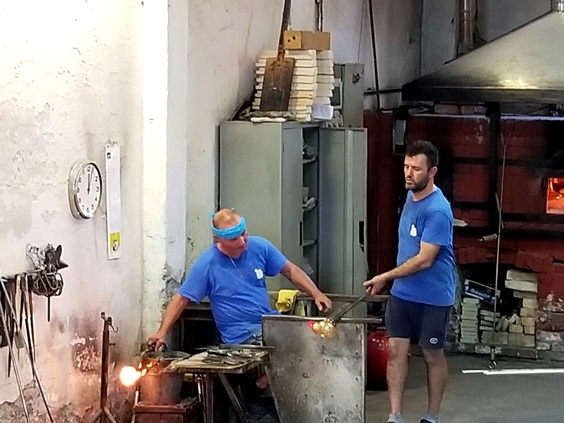
Burano –The island of lace. Burano seems to have been lifted out of a storybook. On this cheerful, colorful, quaint, and picturesque island the men are primarily fishermen, while the women engage in lace-making. They produce doilies, handkerchiefs, table runners, pillow covers, fanciful umbrellas, and clothes trimmed with lace.
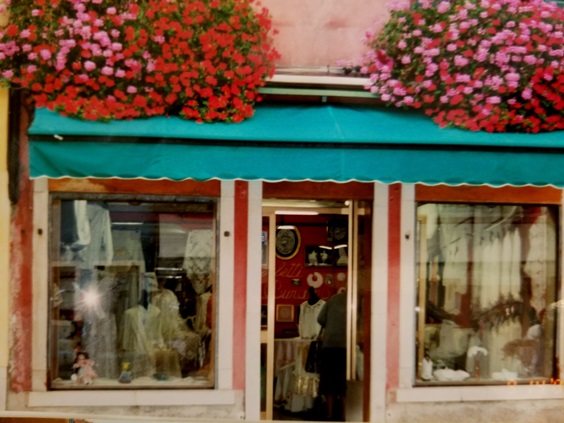
Narrow canals are lined with brightly colored fishermen’s houses, fishing boats, and elderly women who sit outdoors in the sunshine chatting to their neighbors while engaging in the painstaking art of making lace. Unfortunately, lace-making is a dying art carried on by a shrinking group of expert, elderly, lacemakers.
Make sure you stay for a meal of the freshest fish for which Burano is famous, then pop into a bakery and enjoy the quintessential buttery Burano cookies – ‘Bussola Buranello and Esse.’ You can reach Burano from the Fondamente Nove vaporetto stop. The boat ride takes around forty minutes.
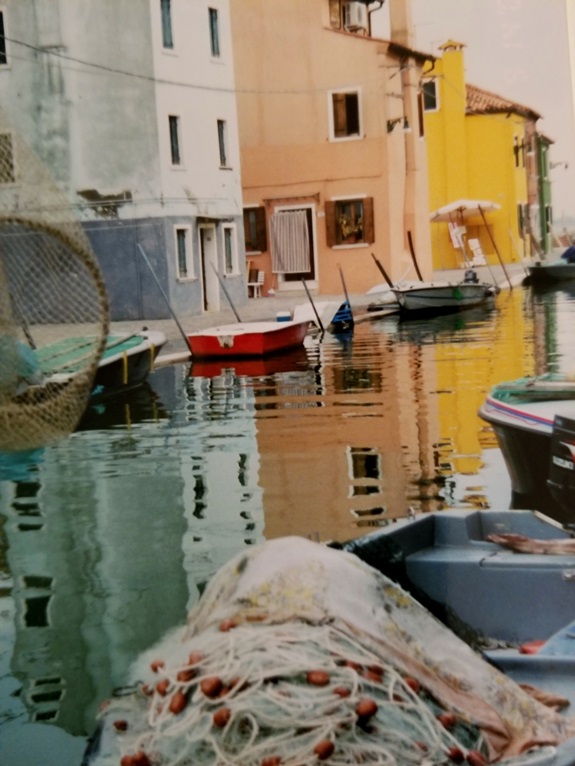
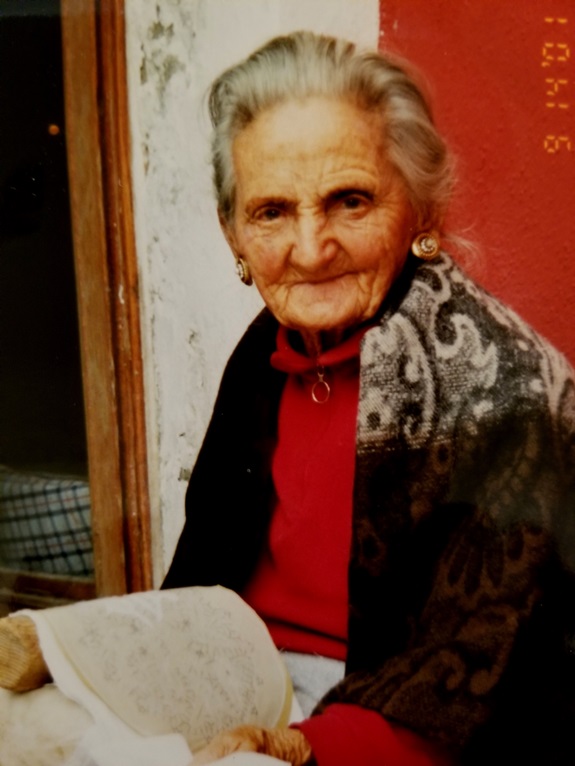
NOTE: Purchase a three or seven day vaporetto (water bus) pass, which allows you to hop on and off by swiping your card at the card reader located beside the vaporetto stop, before boarding. The regular pass does not include water transport to and from the airport. That requires an additional ticket at an extra cost. However, the vaporetto pass is valid for trips to Murano, Burano, Torcella, Guidecca and the Lido. For more info, check out ‘Venice Transport Passes’ online. There are also higher priced passes that give one access to certain popular sites like the Doge’s Palace, without having to wait in line.
Gondolas: There is a fixed price set by the city for gondola rides, which saves one from having to bargain. It’s 80 Euros for a 30 minute ride that end before 7 p.m. and 100 Euros for rides after 7 p.m. for a maximum of six passengers. A 45 minute ride is 120 Euros. Before settling in to a gondola, ask what the price would be for additional time should you decide to extend your ride.
